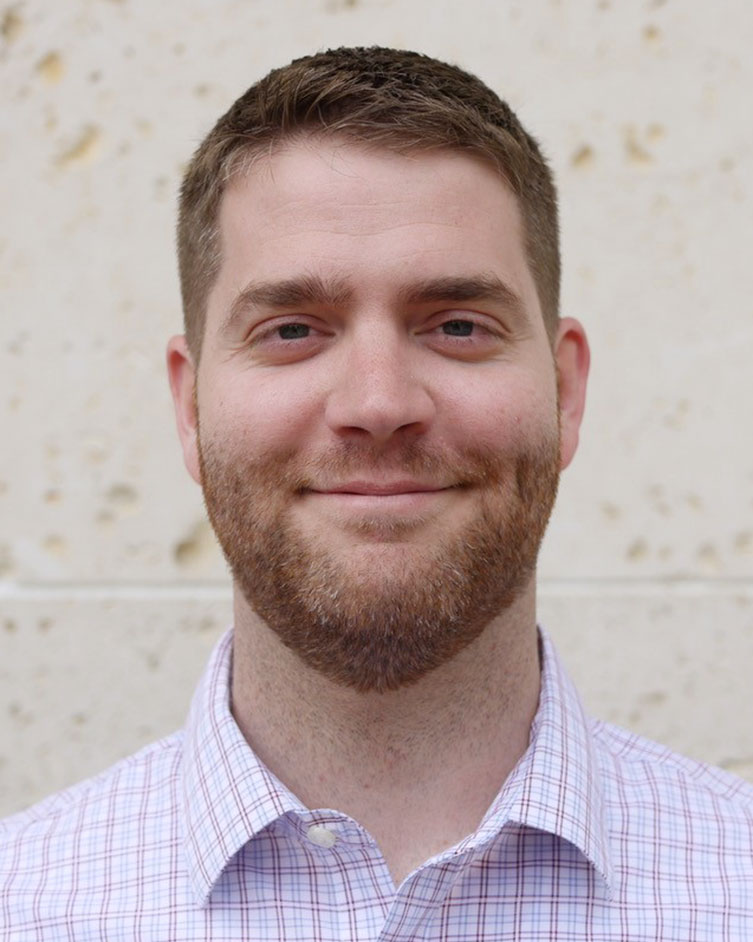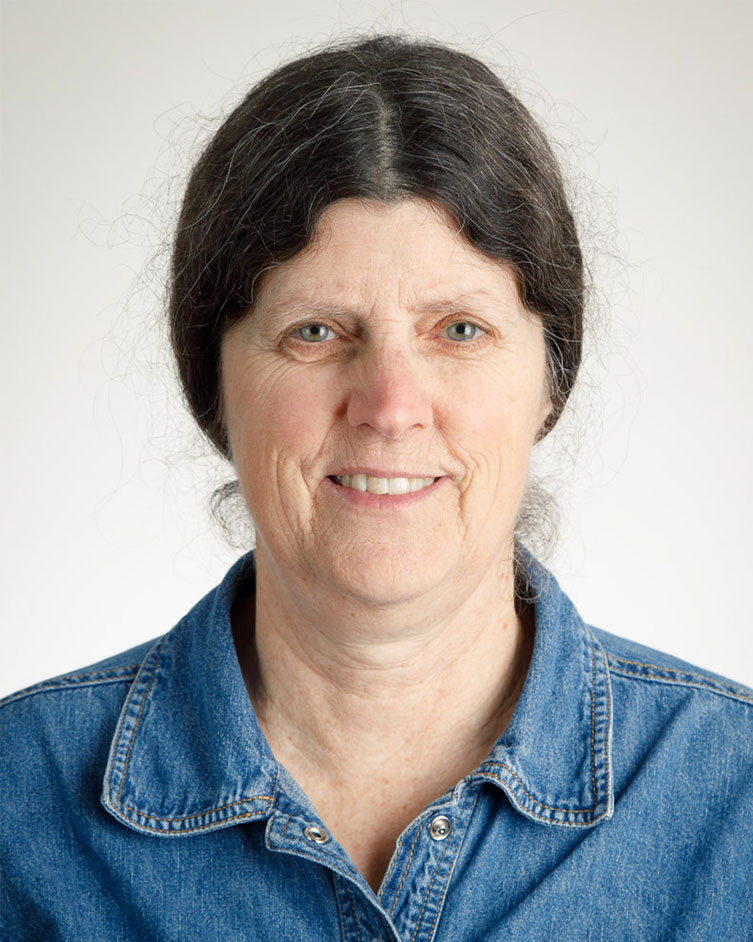Lab Manual Titled - The Story of Earth: An Observational Guide
Daniel Hauptvogel and Virginia Sisson, instructional faculty in the Department of Earth and Atmospheric Sciences at University of Houston, are releasing an open access lab manual for historical geology titled The Story of Earth: An Observational Guide. The book has a casual and conversational tone with exercises honing students’ observational skills to tell stories about the Earth.

Three years ago, Provost Short started a campus-wide initiative encouraging faculty to use open access content in their courses to reduce expenses for UH students. Some disciplines widely embrace open access publications, and some have more content available than others.

When Hauptvogel and Sisson considered what lab text to use for historical geology labs, they looked for open access material and found none. They also looked at traditional lab manuals from publishers. Still, they were not impressed with the options available nor their level of engagement with students.

Inspired by the idea to create their own lab manual, they began talks with a major publisher. However, the market for historical geology is considerably smaller than other introductory geology subjects, and the book was going to be quite expensive if it were going to be in color.
Hauptvogel and Sisson received an Alternative Textbook Incentive Program grant from the UH library, in collaboration with the UH Office of the Provost, to support creating a new historical geology lab manual. In addition, Rebus, a foundation that supports and trains authors in open access publishing, approached the library to nominate faculty for a year-long program on open access educational content. Both Sisson and Hauptvogel were nominated and completed the program.
While Hauptvogel and Sisson are the authors, there were significant contributions from numerous graduate students and colleagues. Graduate students Hannah Anderson, Carlos Andrade, Joshua Flores, Carolina Ramon, and Ana Vielma contributed to exercise development and editing. Colleagues Rosalie Maddocks (UH) and Melissa Hansen (Montclair State University) also contributed to exercise development.
According to Hauptvogel, “What sets our book apart from others is the focus on student engagement in the exercises. Our goal was for students to observe and think rather than read and repeat. This, combined with our conversational tone, works to promote active and engaged learning with students.”
The Story of Earth is also a global tour of geology. Exercises and examples use localities from all over the world, including the Andes Mountains, Alaska, Great Britain, Brazil, Morocco, the Himalayas, Denmark, Australia, New Zealand, Russia, and Canada in addition to the traditional U.S.-centric locations like the Grand Canyon, Appalachians, Texas, and Rocky Mountains. There are even exercises from Mars and Jurassic Park!
Students in the Fall 2020 semester first used a digital, pre-release version of the lab book; a difficult semester due to the transition to online learning during the pandemic.
Student Reactions to the Lab Book
“It was a very user-friendly manual. The information was clear and present within the paragraphs, but not so much that the questions would simply ask you to reiterate what was found in the text. I felt like I learned quite a bit from those exercises, and I also like how it was organized.”
“very concise and clear”
“I liked all the images they used, it was nice to see what we were talking about.”
“The manual was well written, easy for students to understand, and not too boring.”
The lab book is available for free online on Pressbooks through the UH Libraries, and a free PDF copy will be available soon. A print copy will be available for the Fall 2021 semester through a print-on-demand company at a cost estimated to be less than $20. The authors receive no revenue from printed copies; the cost paid goes to the printer to print the book.